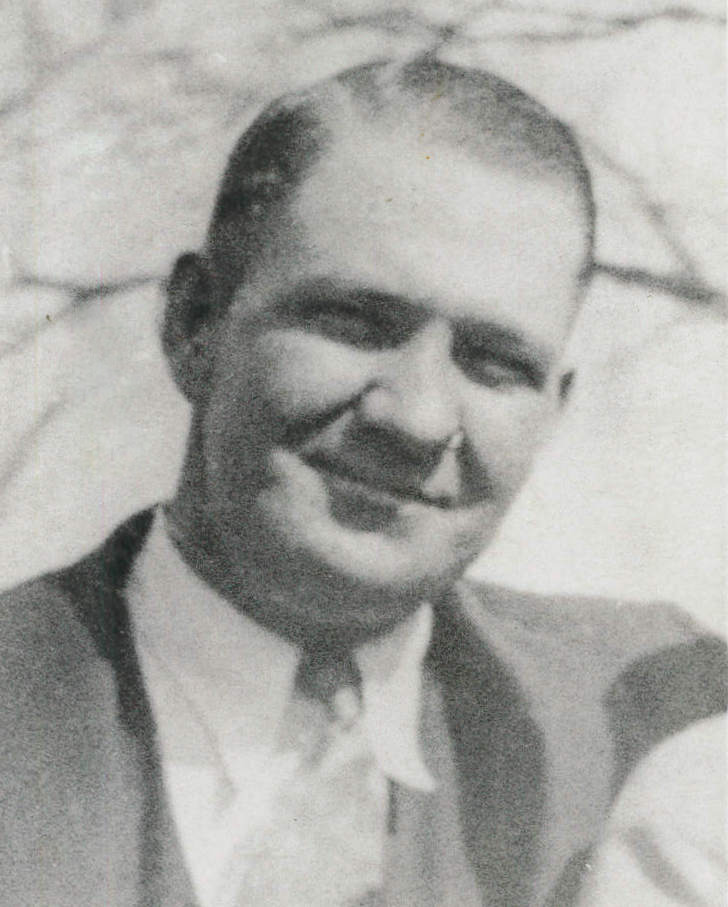When widow Sara Searle Madison learned that the Hartland, Kansas town company was offering free lots to anyone who would locate there and build a hotel, she accepted the offer. Ahead of her arrival in 1885, she shipped a train car load of lumber and hardware along with household goods to the town site which was just north of the Arkansas River about a 20-minute train ride west of Lakin. Accompanying Mrs. Madison to Kearny County were two daughters, Lena June Madison and Jessie Cochran, and the Cochran children. Sarah’s son-in-law, Henry Cochran, was already working at Hartland for the town company and had been the one to inform Sarah of the opportunity that awaited her in the up-and-coming community.
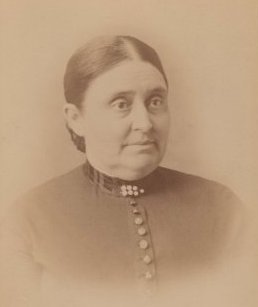
“The train slowed down right in the midst of the open prairie – an immense cattle pasture it looked like, with some lank, long-horned cows grazing on the buffalo grass or following the narrow trails down to the river. Not even a shack to be seen, not a human being. Just cows!” Sarah recalled years later. “You can imagine the look of consternation and disappointment that spread over our faces when the conductor stopped by my seat and said, ‘Lady, this is Hartland.’”
There was no depot there yet, and the train slowly chugged about a mile further west before stopping in the middle of a large patch of sand burrs. There stood Henry with some of the town company men who were ready to welcome the new arrivals and help them from the train with their baggage.
“I’ll never forget when the night came on that first time. It seemed just a vast expanse of loneliness and desolation with us at the center. But as we sat and talked, and the men told of the plans and projects, and a cool, refreshing Kansas breeze came up, we sort of caught the spirit of the west, and soon were enthusiastically planning our little part in the big development.”
The town lot that Sarah had been given was not nearly large enough for a hotel so she had to purchase another lot. The family lived in a large tent for a couple of months while the Madison House was under construction, and the lodge was finished none too soon as the people began coming to the small burg in droves, beckoned there through glamorous and alluring circulars and pamphlets advertising the benefits of settling at the “Rose of the Valley.” By February of 1886, the boom was on at Hartland.
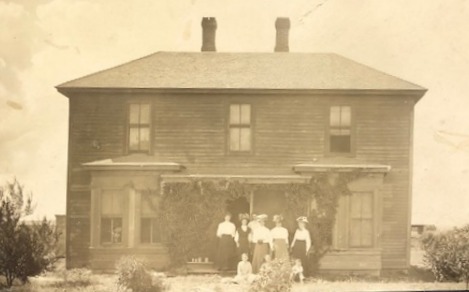
“From every train alighted 100 or more passengers, eager and excited, anxious to see a real estate man and get located,” wrote Sarah. Some came on the daily stagecoach, and others made their way in wagons loaded down with their belongings. In a few months, Hartland’s population reached 1,000, businesses sprung up left and right, and a school and depot were erected. A large number of the arrivals went across the free bridge that had been built across the Arkansas there and took up homesteads in the sandhills and further south in the new town of Ulysses.
Sarah’s business boomed too as claim holders, travelers, cowboys, ministers and teachers found more than shelter at the Madison House. The atmosphere there was made as homey as possible as so many of the boarders were young men and women whose own homes and families were in some distant state. Musicians often provided entertainment to the guests, and visiting ministers delivered inspiring messages. Many young women who were proving up claims were glad to help cook for their board, and Sarah’s family worked hard to provide plenty of good wholesome food.
According to the Hartland Times, the Madison House was one of the best conducted hotels in this part of the state. Sarah was a hospitable and motherly hostess who formed lifelong friendships with many of her guests and acquaintances. Among those who stayed at the Madison House were Buffalo Jones, the irrigation king of this region and one of the founders of Garden City, and Logan Garten who later became a well-known newspaper man and was secretary of the park board and public utilities commission in St. Joseph, Missouri at the time of his death.
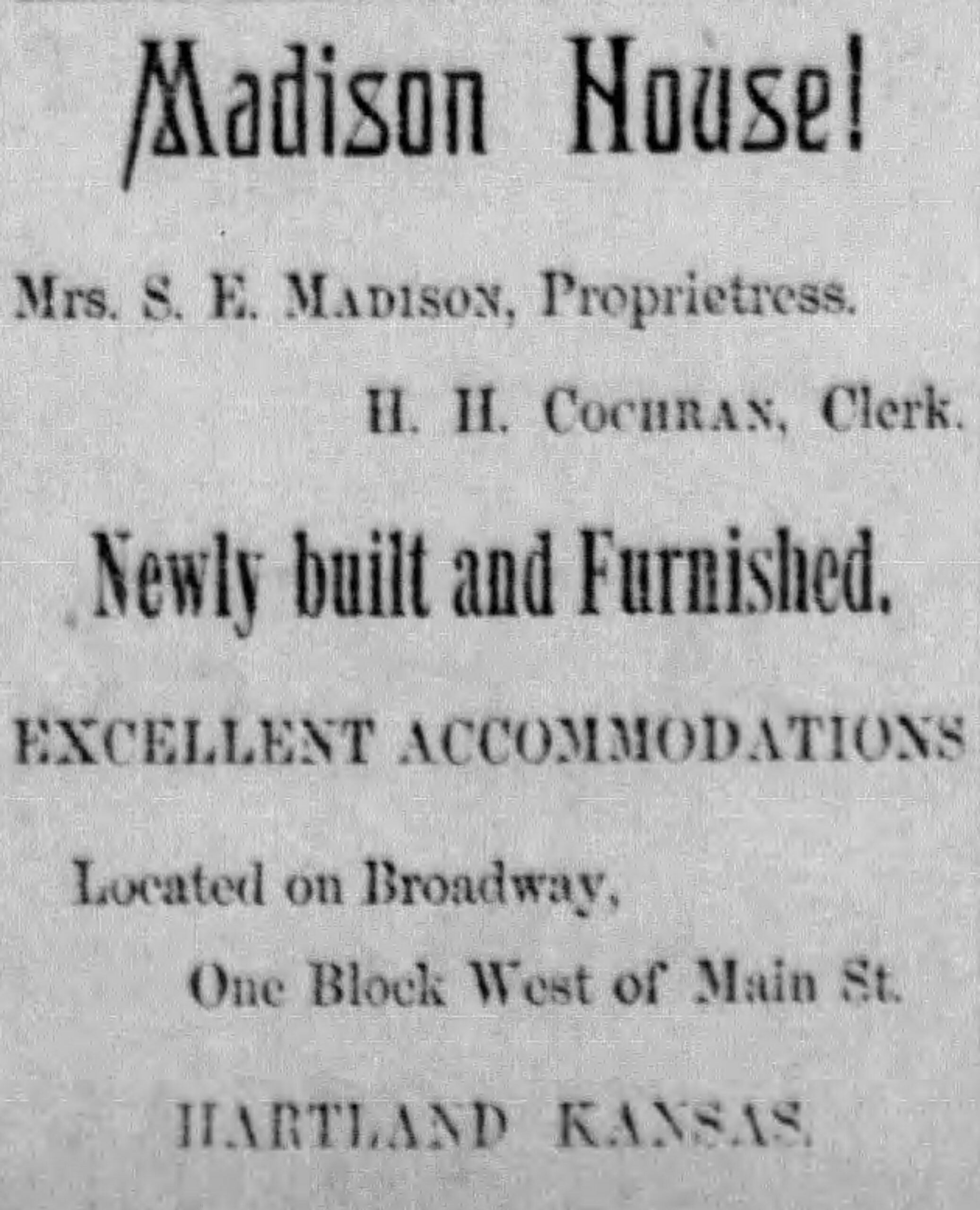
Just as she had witnessed Hartland’s growth, Sarah Madison was there to see the city fall. The town company abandoned its interests there when the salt industry drew attention back to Hutchinson where the company had been organized. Then the court house burned in 1894, and Lakin regained the county seat in the special election that followed. Hartland’s residents scattered in various directions. Sarah’s two lots were traded off for a sack of flour, and the Madison House was taken down and rebuilt in Lakin on the northwest corner of Garfield and Lincoln as a dwelling for the Cochrans and “Grandma Madison” as her friends called her. It was there that Sarah quietly passed away in her sleep in 1936 at the age of 97. Since then, the hotel that once offered respite to many a weary settler has sheltered various families. Many of the older residents of Lakin still refer to the structure as the Lucas house as it was occupied by the Dick and Mildred Lucas family for many years, but since August of 2008, the Jarrod and Jennifer Groth family have called it home.
SOURCES: Diggin’ Up Bones by Betty Barnes; History of Kearny County Vol. 1; “Looking Back 50 Years” by S.E. Madison and India H. Simmons; findagrave.com; archives of the Hartland Times and Hartland Herald; and Museum archives, with special thanks to Jennifer Groth.

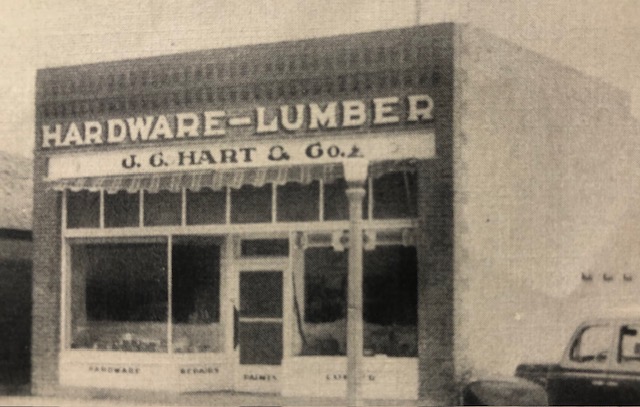
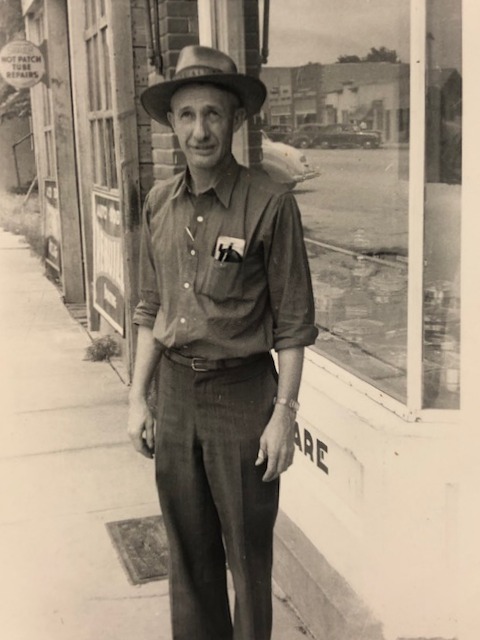
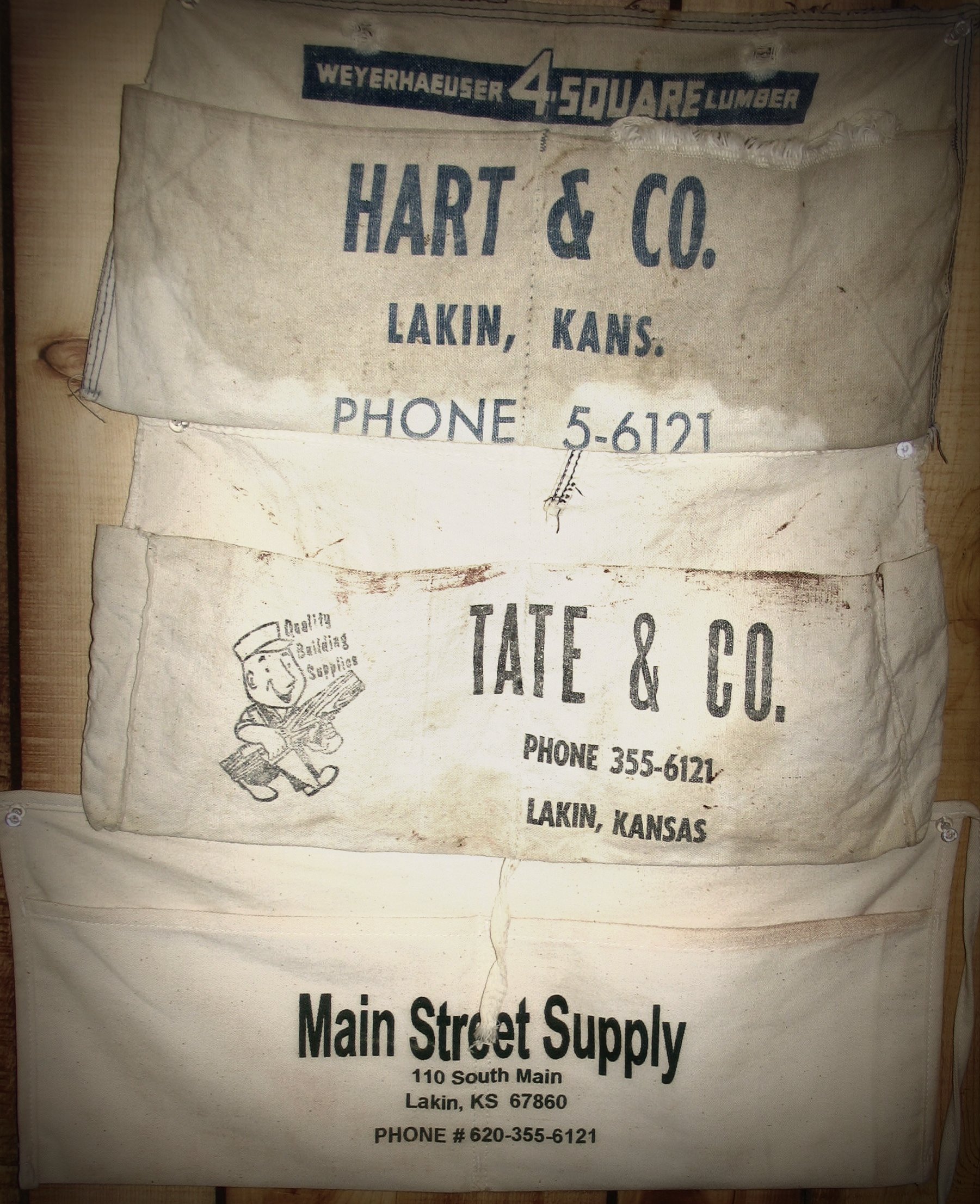

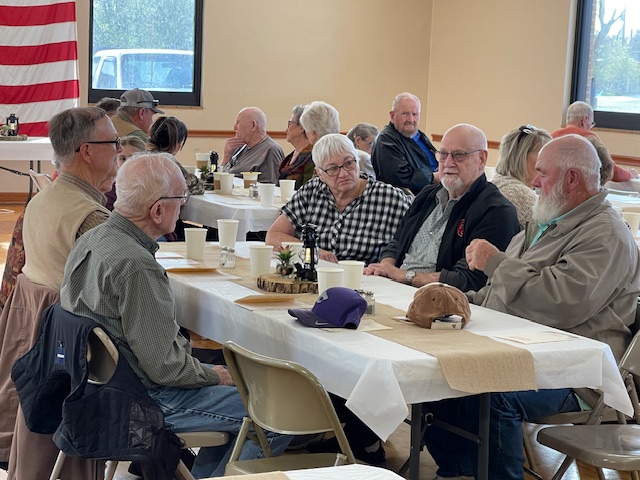
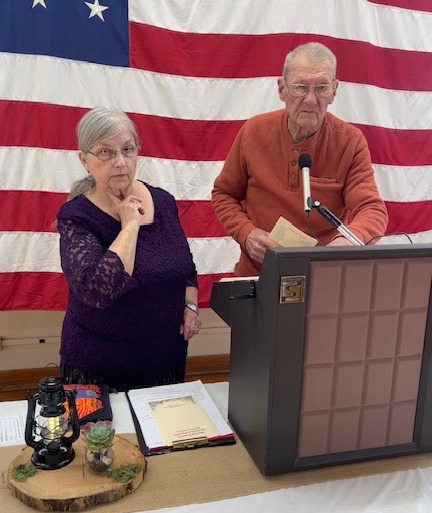
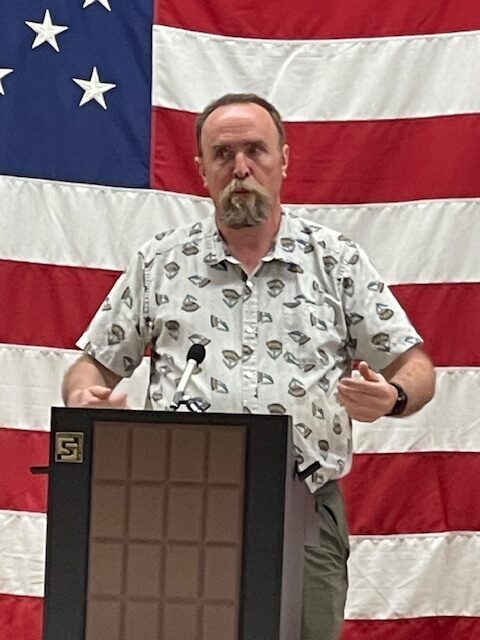

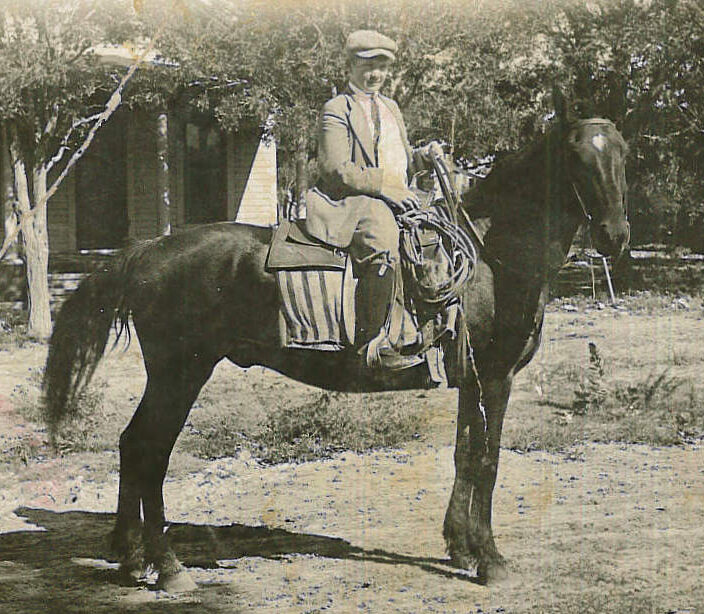
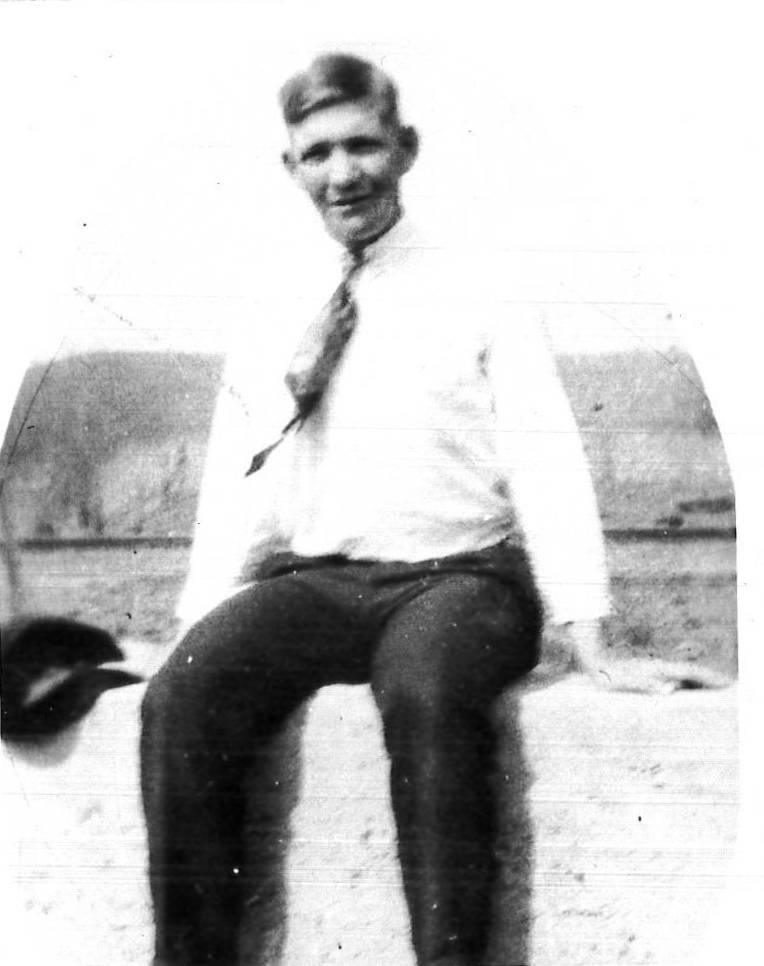 Tom O’Loughlin was a much-loved, good-natured friend to all. He always remembered those he met, always spoke to all of high and low degree, and was willing and ready to help in times of trouble. He was known for his Irish humor and often participated in community and school events including skits and fairs. He particularly enjoyed dances.
Tom O’Loughlin was a much-loved, good-natured friend to all. He always remembered those he met, always spoke to all of high and low degree, and was willing and ready to help in times of trouble. He was known for his Irish humor and often participated in community and school events including skits and fairs. He particularly enjoyed dances.